Bone washing - Senkotsu
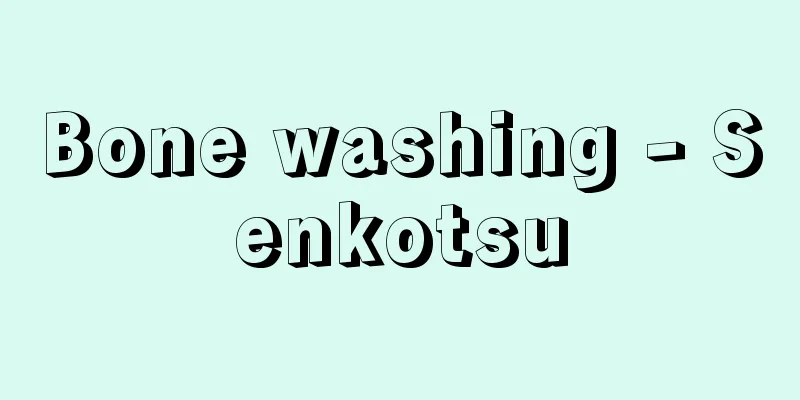
|
A type of funeral for the dead. It is a double burial, in which the remains are buried immediately after death, and after a certain period of time, removed, the bones washed, and gathered together for reburial. This style places great importance on the remains, and is widespread in Japan, Korea, China, Southeast Asia, and some American Indian tribes. Bone washing burials in East Asia can be found in ancient Chinese documents such as the Liezi, and the Book of the Later Han (first half of the 5th century) contains a specific description of a bone washing burial in Dong Okjeo (northeastern part of the Korean peninsula). In Japan, it is known as the basic form of funeral customs in the Ryukyu Islands. In the cave tombs of the Shuri and Naha areas of Okinawa, and in the tortoise shell tombs that developed from them, the coffin is placed in the center of the horizontal cavity, and at the back and to the left and right, a cabinet (ossuary) containing the bones after the bone washing is placed. At the very back, there is a place to store the bones of those who have passed away 33 years ago. The bone washing is done after the remains have turned to white bones. Normally, this is done after the seventh anniversary, but if there is a new deceased to be buried in the tomb, the bones are washed if the third anniversary has passed. If there are multiple deaths, the deceased is buried in a temporary grave or in another family's grave. In addition to cave tombs, there were also above-ground burials such as hut tombs, stone-enclosed tombs, rock-shaded tombs, and open-air tombs. On Kudaka Island, where open-air graves were once used, the bone washing was carried out once every 12 years, in the year of the tiger. The reason that the bone washing is not carried out within a year of death is probably because, from a religious perspective, the memorial service for the body has not yet been completed. The bone washing is always carried out by a female close relative of the deceased, such as the wife or daughter. It is taboo to expose the area where the bone washing is carried out to the sun, so an umbrella or other object is used to shade the area. It is said that originally it was carried out after the sun had set. In addition to water, shochu is also used for the washing. The skull is treated with respect, and placed on top of the bones before being placed in the altar. A married couple are placed in the same altar. The oldest dated shrine in the Ryukyu Islands dates back to 1494 (Kōji 7) in the Chinese calendar, and an article on the custom of bone washing can be found in the Shiryūkyūroku (Record of the Missions of the Ryukyus) by Chin Kan, a 1534 investiture envoy. There is also a custom of worshiping sacred places where the bones of ancestors are enshrined, and there are Otake shrines in various places that are said to have enshrined the bones of village ancestors. On Okinoerabu Island, there was an event during festivals where shochu was poured over the bones in a shrine at the tomb of the ruler. The bone washing burials of the Ryukyu Islands had a deep religious significance that went beyond the issue of disposing of the dead. The burial practice of collecting only the bones of the buried body and reburying them is also found in other parts of Japan. The bone washing burials may convey one aspect of the ancient layers of Japanese culture. In the Ryukyu Islands, there are some villages where people who were in charge of religious rites, such as priestesses, are buried and their bones are not washed. [Yo Kojima] In China, the first funeral up to the bone washing is considered to be merely a preliminary step before the main funeral, and is called Kyosou (a sad funeral), while the second funeral after the bone washing is called the main funeral, or Yoshisou (a good funeral). This custom is seen all over the world, but it remains in Okinawa, Taiwan, and southeastern China to this day. In 1914 (Taisho 3), Kita Sadakichi pointed out that this funeral system had existed in Japan since ancient times, and since then research has progressed, and this custom has already been confirmed, although in a few cases, in the Jomon period. In the Kanto and southern Tohoku regions, where the tradition of Jomon culture is strong, many reburial graves with bone washing are known to have existed even in the Yayoi period. Since bone washing funerals were a special case even in the Jomon and Yayoi periods, it is thought that they were only performed by aristocrats and those with spiritual powers, such as shrine maidens. It is assumed that the mourning ceremony after the Kofun period was also a first funeral before burial, and was a ritual with bone washing. [Tetsuzo Kubo] "Pilgrimage to the Grave" by Takayoshi Mogami (1956, Kokin Shoin) Source: Shogakukan Encyclopedia Nipponica About Encyclopedia Nipponica Information | Legend |
|
死者の葬法の一種。二重葬で、死の直後に葬った遺骸(いがい)を、ある期間が過ぎたのち、取り出して骨を洗浄してまとめ、改葬する葬法。遺骨を重んじる形式で、日本および朝鮮、中国、東南アジアなどに広く分布するほか、アメリカ・インディアンの一部の部族にもみられる。東アジアの洗骨葬については、『列子』など中国の古い文献にみえ、『後漢書(ごかんじょ)』(5世紀前半)には東沃沮(よくそ)(朝鮮半島北東部)の洗骨葬の具体的な記述がある。 日本では琉球(りゅうきゅう)諸島の葬法の基本形態として知られている。沖縄の首里、那覇(なは)を中心とした地方の洞窟(どうくつ)墓や、それが発展した亀甲(かめのこう)墓では、横穴式の空洞の中央に棺を安置し、その奥や左右に、洗骨後の遺骨を納めた厨子(ずし)〔骨壺(こつつぼ)〕を置くようになっている。またいちばん奥には三十三年忌を済ませた遺骨をまとめて納める場所がある。洗骨は遺骸が白骨化するのを待って行う。七年忌が過ぎてからが普通であるが、その墓に納める新しい死者があると、三年忌が終わっていれば洗骨する。死者が続いたときは、仮墓や他家の墓に葬る。洞窟墓のほかに、地上葬として、小屋墓、石囲い墓、岩陰墓、露地墓もあった。かつて露地墓であった久高(くだか)島では、12年に一度、寅(とら)年に洗骨を行っていた。死後1年以内には洗骨を行わないというのは、宗教的には、遺骸供養が終わっていないからであろう。洗骨はすべて、死者の妻や娘など近親者の女性によって行われる。洗骨をする所が太陽にさらされるのを忌み、傘などで日よけをする。本来は日が落ちたあと行ったともいう。洗浄には水のほか焼酎(しょうちゅう)も用いる。頭蓋骨(ずがいこつ)を丁重に扱い、骨のいちばん上にのせて厨子に納める。夫婦は一つの厨子に入れる。 琉球諸島でもっとも古い紀年のある厨子は中国年号の弘治7年(1494)で、1534年の冊封使(さくほうし)、陳侃(ちんかん)の『使琉球録』には、洗骨の習俗の記事がみえる。先祖の遺骨を祀(まつ)る聖地を崇拝する風習もあり、村の先祖の遺骨を祀ったという伝えがある御嶽(おたけ)も各地にある。沖永良部(おきのえらぶ)島には、祭りのときに、世之主(よのぬし)(統治者)墓にある厨子の遺骨に焼酎を注ぐ行事があった。琉球諸島の洗骨葬には、死者の処理という問題を超えた、深い宗教的意義があった。土葬した遺骸の骨だけを集めて改葬する葬法は、日本の他の地方にも点在する。洗骨葬は日本文化の古層の一面を伝えるものであろう。なお琉球諸島でも、祝女(のろ)など神事をつかさどる職にあった人は土葬にし、洗骨はしなかった村もある。 [小島瓔] 中国では洗骨までの第一次葬を単なる本葬前の事前処置とみて凶葬といい、洗骨後の第二次葬を本葬=吉葬とした。世界各地に多くみられたが、沖縄、台湾、中国東南部では現在までこの風習が残っている。1914年(大正3)に喜田貞吉(きたさだきち)が日本にも古くからこの葬制があることを指摘して以来研究が進み、縄文時代にすでにこの風習が僅少(きんしょう)例ではあるが確認されている。縄文文化の伝統が強い関東・東北南部では弥生(やよい)時代にも洗骨を伴う再葬墓が多く知られている。洗骨葬は縄文・弥生時代でも特殊例であることから、貴人や巫女(みこ)のような霊力のあるものに限って行われたものともみられる。古墳時代以後の殯(もがり)も、埋葬前の第一次葬であり、洗骨を伴う儀礼であったと推測される。 [久保哲三] 『最上孝敬著『詣り墓』(1956・古今書院)』 出典 小学館 日本大百科全書(ニッポニカ)日本大百科全書(ニッポニカ)について 情報 | 凡例 |
<<: 1,500th Poetry Contest - Sengohyakuban Utaawase
>>: Senkosei - Thousand household system
Recommend
Zadar (English spelling)
A city in southwestern Croatia. Located on the Dal...
Air intake - Air intake
… In addition to an aircraft configuration that h...
esu - Yes, you
...A type of unit system. It is represented by th...
Proto-Atlantic Ocean
...So, at the Penrose Conference of the Geologica...
Yurii Ivanovich Venelin
1802‐39 A Russian Slavic scholar. His real name wa...
Académie des Beaux-Arts (English)
...among them, the Academy of Vienna (1692) and t...
Ishim Step - Ishim Step
…The fertile black soils encourage agriculture, a...
Andes [Mountains] - Andes
The longest mountain range in the world, running v...
Midori [town] - Midori
An old town in the Chugoku Mountains, bordering Ta...
Appetitive behavior
…Generally, when internal motivation increases (o...
burnup
… [Akita Kazuo] [Nuclear power] The generation of...
Isawa Castle
A base for the management of the Ezo in the early...
Forget-me-not - Forget-me-not
It is a perennial plant of the family Violaceae na...
False vampire bat
A general term for aggressive, carnivorous mammals...
Chelidonium japonicum (English notation) Chelidonium japonicum
… [Morita Tatsuyoshi]. … *Some of the terminology...
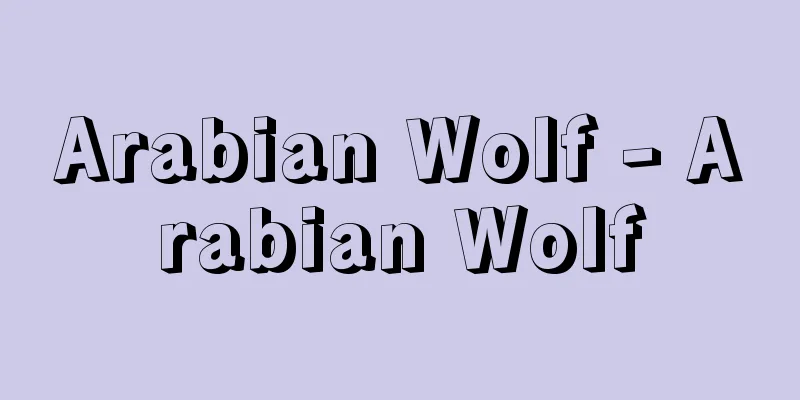
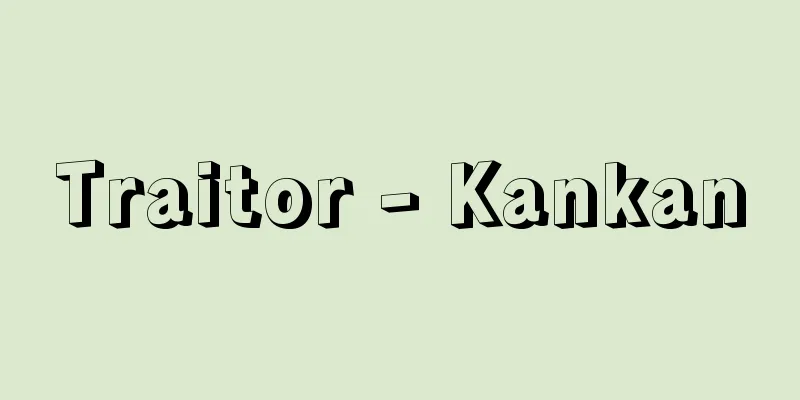
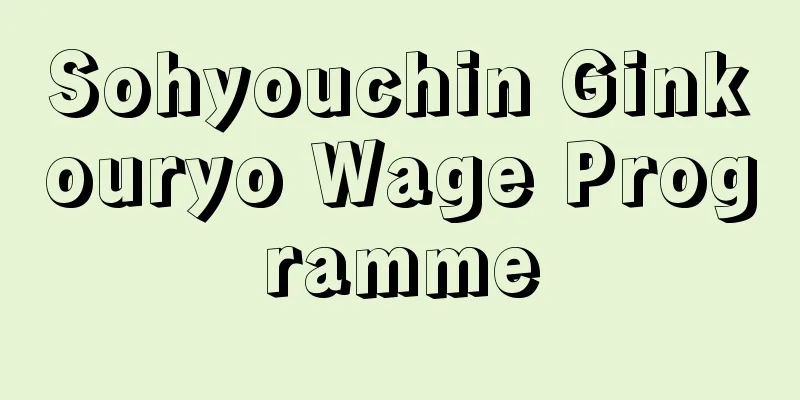

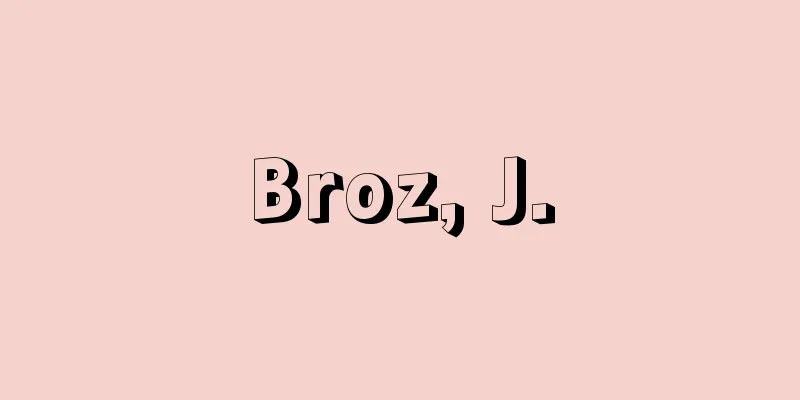
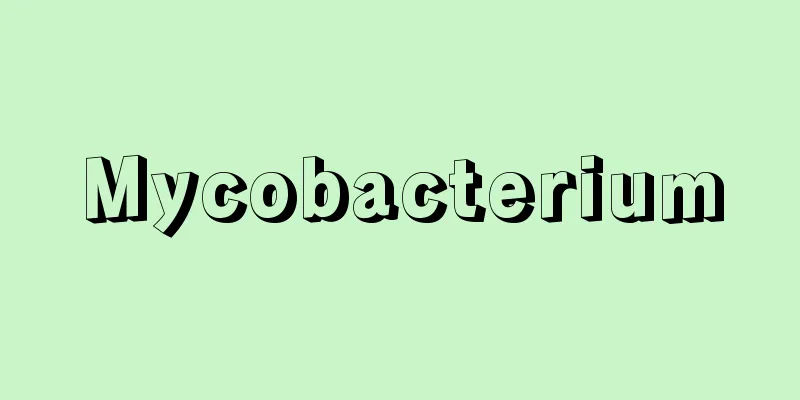
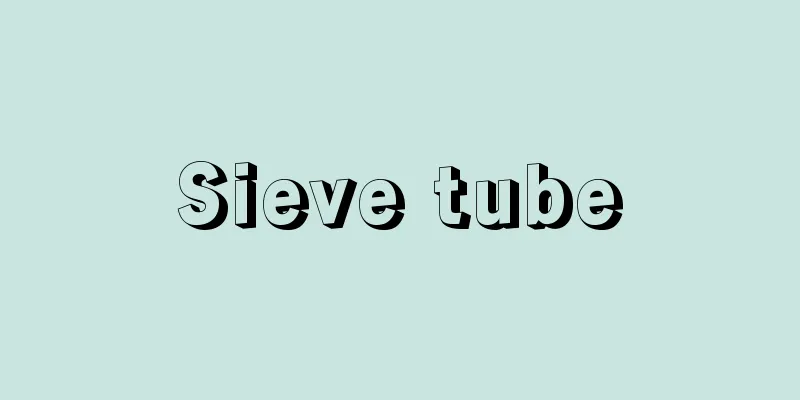
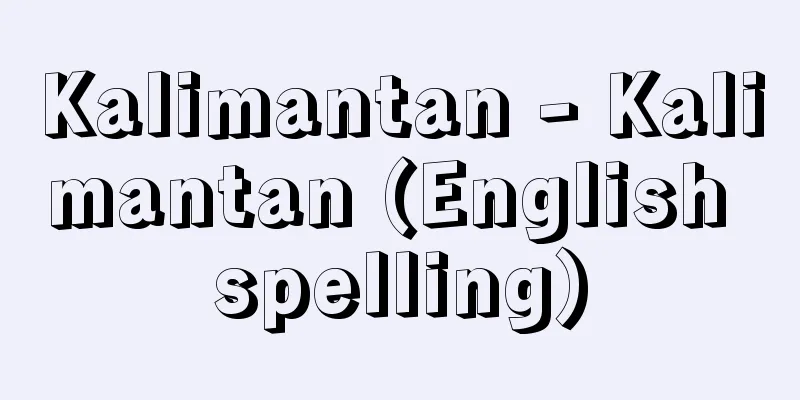
![a priori (English spelling) [Latin]](/upload/images/67cad7d26bb11.webp)
![Ide [town] - Ide](/upload/images/67caee5ce8090.webp)